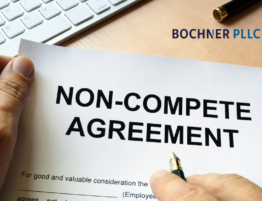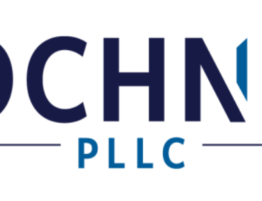
Here, we will explore the concept of trademark genericide, its implications, and some famous examples that have faced this challenge.
Trademarks play a vital role in branding and distinguishing products or services from competitors in the marketplace.
They are invaluable assets for businesses, representing the unique identity and reputation associated with their goods or services. However, there is a phenomenon known as ‘trademark genericide,’ which happens when a once-distinctive trademark gradually loses its protected status and becomes a generic term.
What is Trademark Genericide?
Trademark genericide occurs when a brand name is no longer capable of functioning as a trademark due to widespread use as a common name for a product or service category. When a trademark becomes too generic, it loses its legal protection, allowing competitors to use it more freely. This transformation can happen when a brand becomes so popular or iconic that it becomes synonymous with the entire category it represents. One of the most famous examples of trademark genericide is Velcro! You probably didn’t know that Velcro was the name of the brand, and not the name for the material itself. The material is actually called “hook and loop,” but because virtually everybody knows it as Velcro, the trademark no longer serves as a brand identifier because it now identifies the product itself. Check out Velcro’s hilarious video, featuring their legal team.
Implications of Trademark Genericide
Loss of Legal Protection
The loss of trademark protection means that the brand no longer has the right to prevent competitors from using its once-distinctive mark. This can lead to brand dilution and loss of market exclusivity, as competitors can exploit the goodwill associated with the original brand’s reputation.
Identity Crisis
Genericide poses a significant challenge for brands, as they lose their unique identity and the ability to differentiate themselves from competitors. Without a strong trademark, companies may struggle to maintain consumer recognition and loyalty.
Marketing and Rebranding Costs
When faced with trademark genericide, companies often need to invest in rebranding efforts to regain their distinctiveness and legal protection. These costs can be substantial, including not only changing packaging, marketing materials, and signage, but also the potential loss of brand equity built over the years.
Famous Examples
- Aspirin: Originally a trademark of the pharmaceutical company Bayer, “aspirin” became so commonly used to refer to acetylsalicylic acid that it lost its protected status. In many countries, the term is now considered a generic name for pain relief medication.
- Escalator: The Otis Elevator Company coined the term “escalator” for their moving staircases, but it eventually fell victim to genericide. Today, the term is widely used to describe similar devices regardless of the manufacturer.
- Thermos: Once a trademark owned by the Thermos Company, “thermos” became a generic term for vacuum flasks. The loss of trademark protection led to challenges in differentiating their products from competitors in the market.
Preventing Trademark Genericide
- Proper Trademark Usage: Companies should use their trademarks as adjectives rather than nouns or verbs. This helps maintain the distinction between the brand name and the generic product or service category.
- Policing and Enforcement: Trademark owners must actively monitor and enforce the correct usage of their trademarks. They should address any instances of potential genericide promptly to protect their brand’s distinctiveness. This could also mean entering into licensing agreements with potential trademark licensees; this option would also require the trademark holder to actively monitor how the licensees are using their mark, so as to ensure the mark is being used in conformity with the rest of their branding.
- Educating Consumers: Companies can undertake educational campaigns to inform the public about the specific brand names associated with their products. By raising awareness of the brand’s distinctiveness, consumers are more likely to use the correct term.
Trademark genericide presents a unique challenge for companies that have invested significant resources in establishing and maintaining a strong brand identity. It serves as a reminder that trademarks require constant vigilance and careful management to avoid losing their distinctiveness. By understanding the implications of trademark genericide and taking proactive measures to protect their marks, businesses can preserve their brand equity and continue to differentiate themselves in the marketplace.







